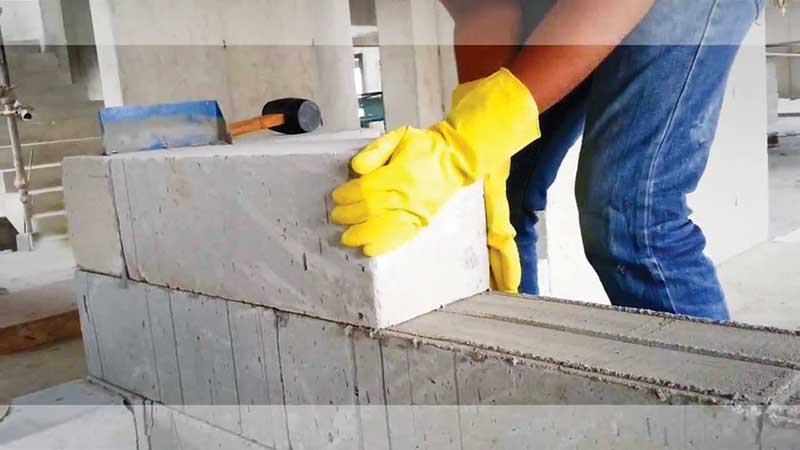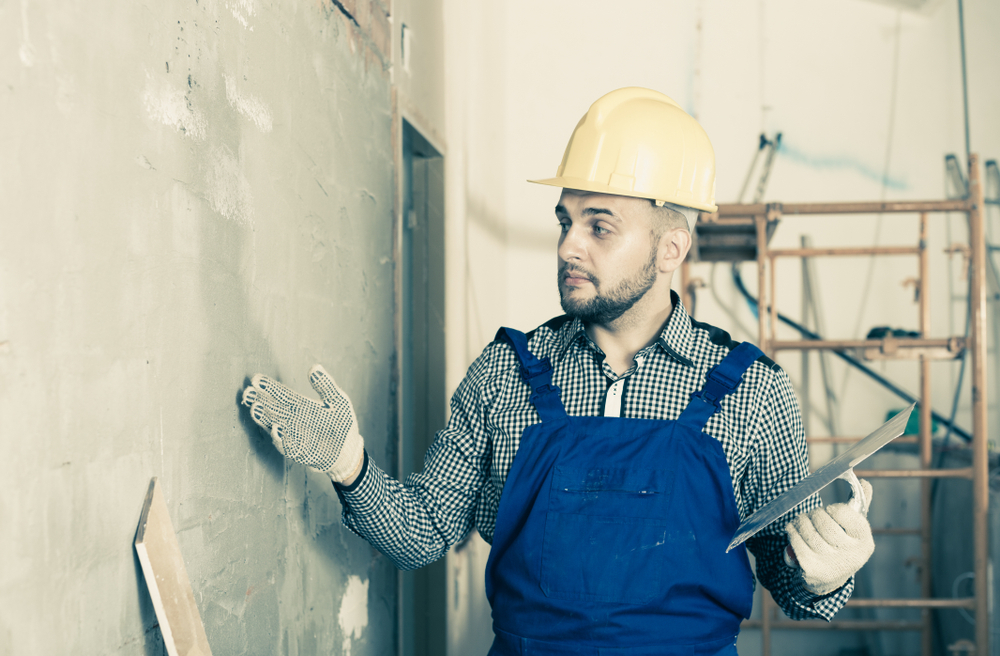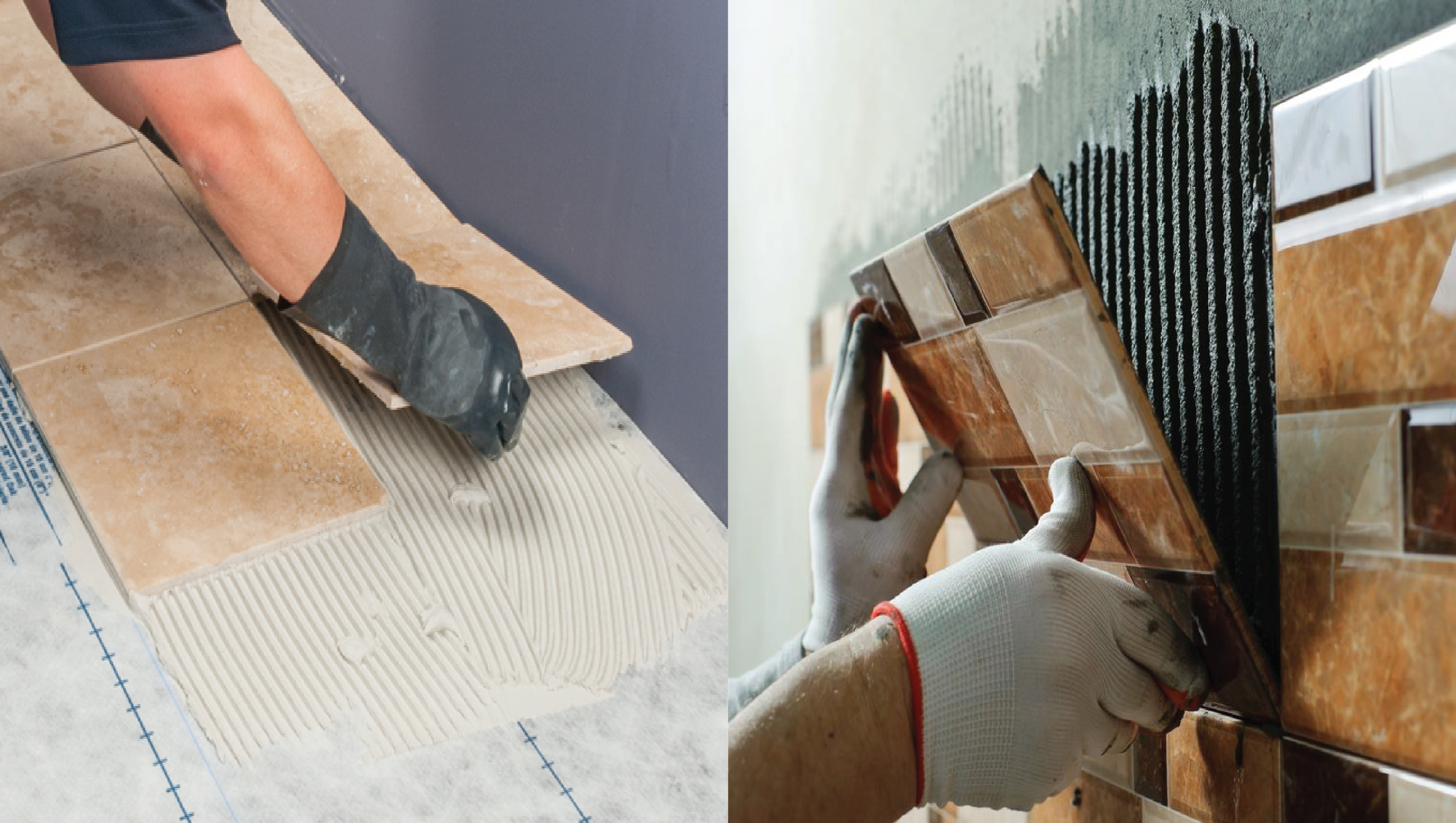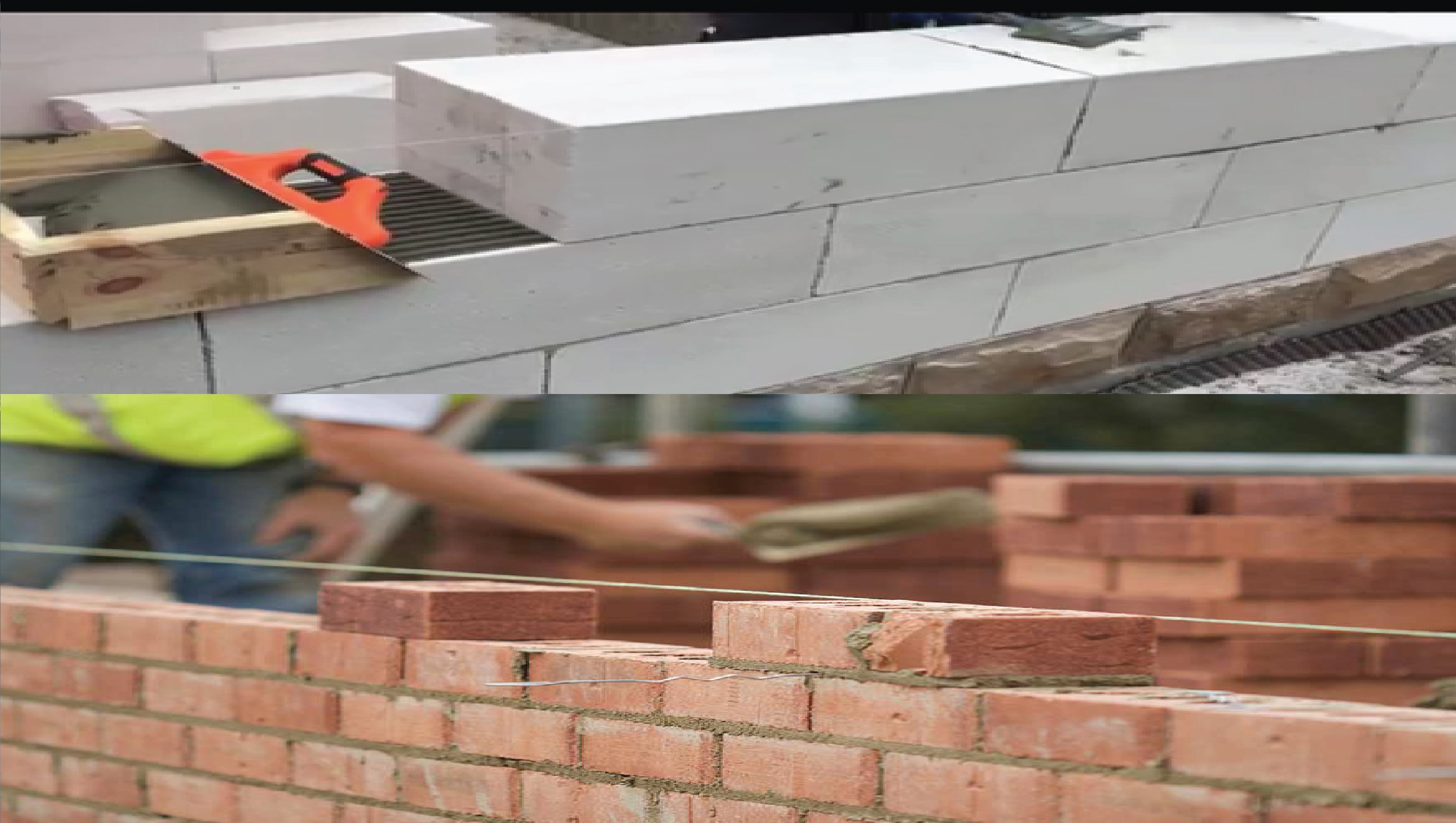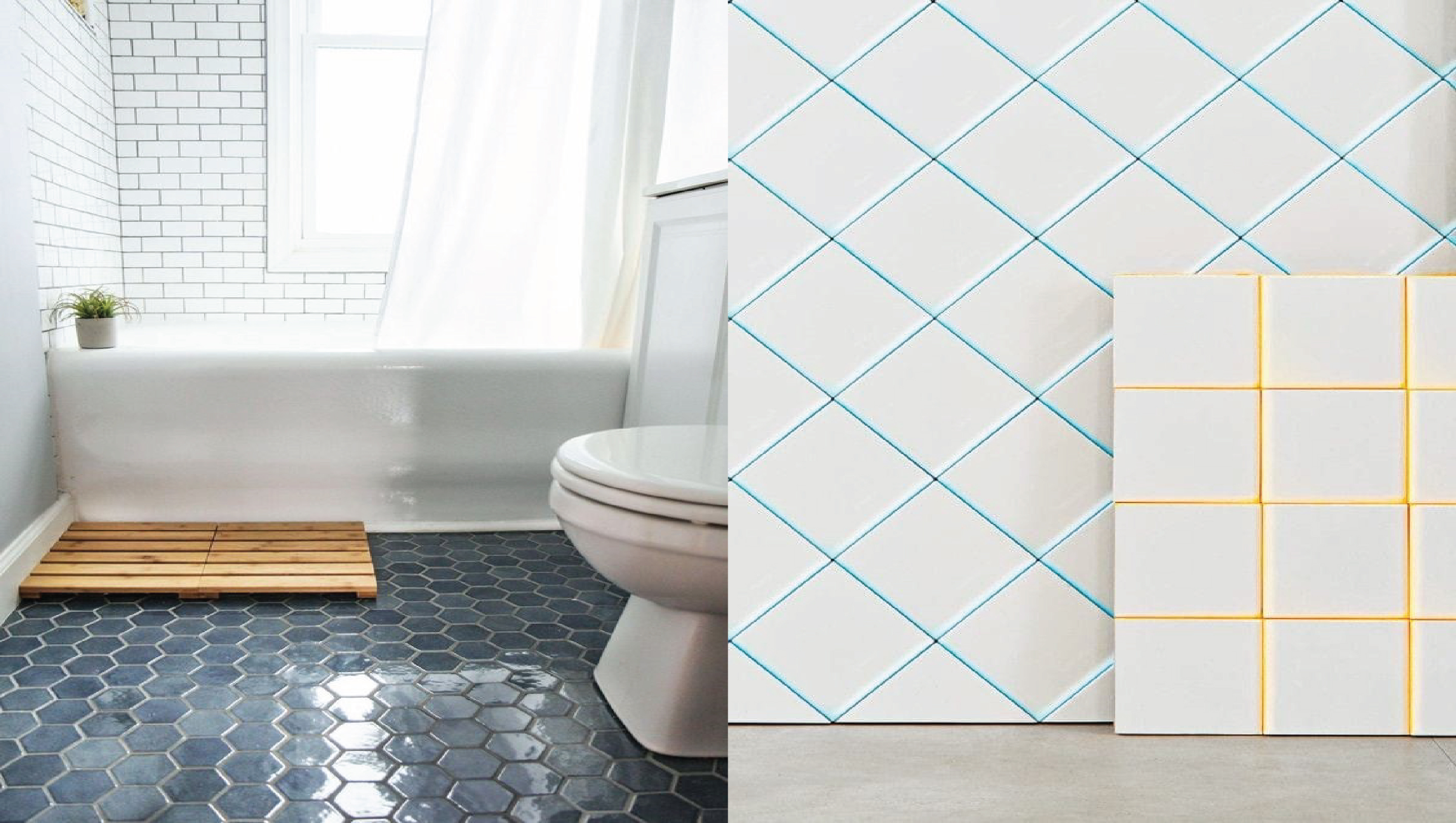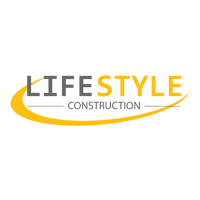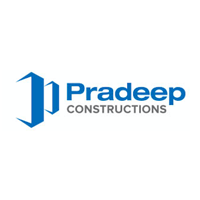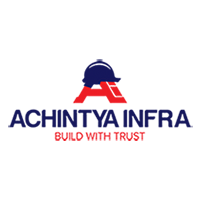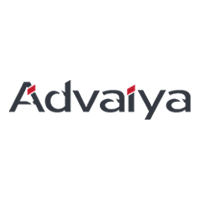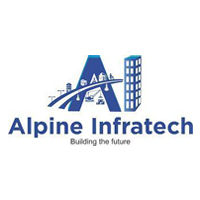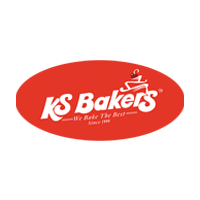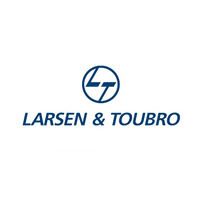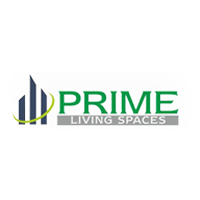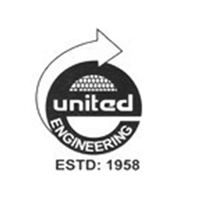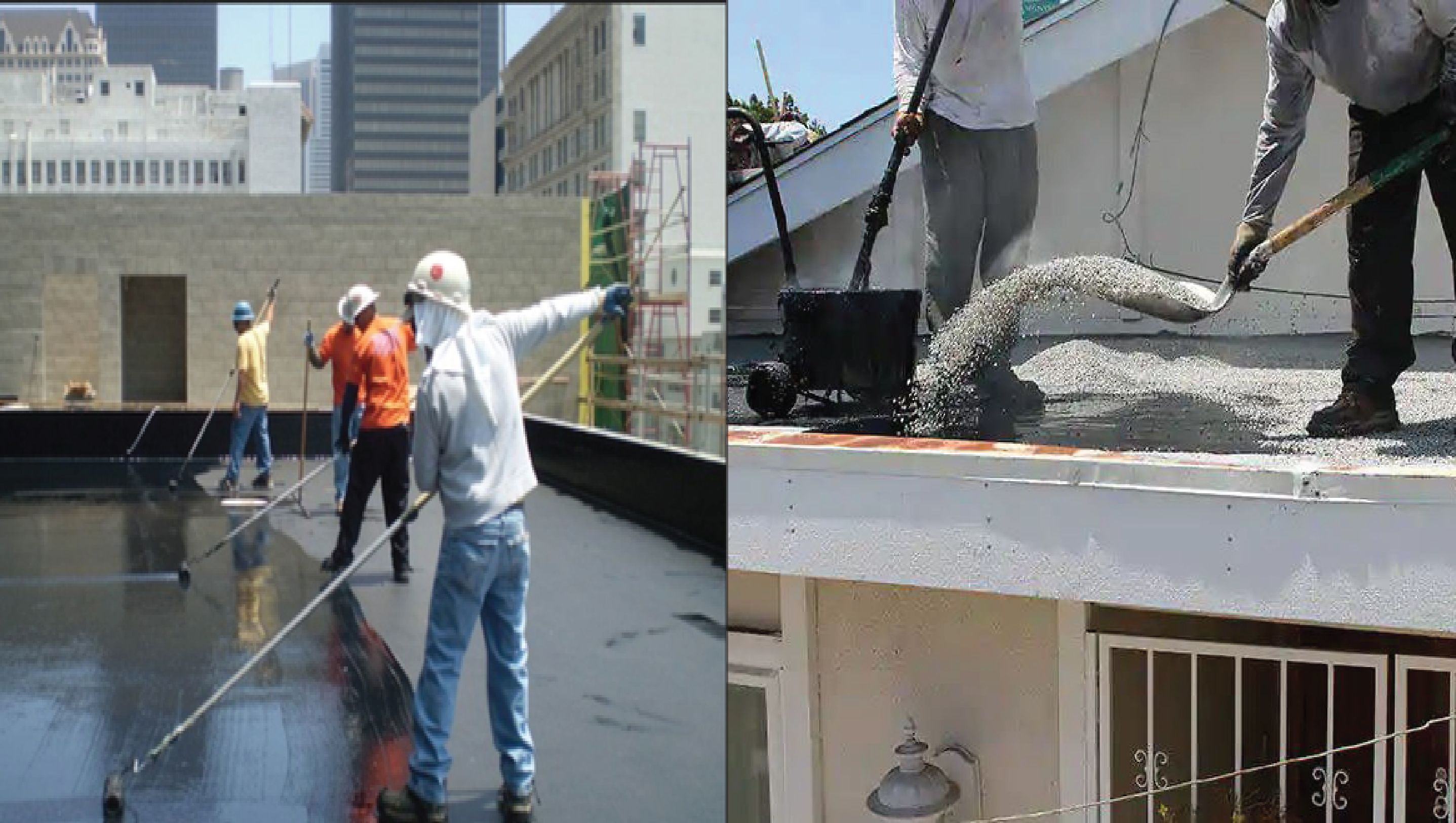
WHAT ARE THE BEST WATERPROOFING ELEMENTS?
Waterproofing materials come in a variety of shapes and sizes. Waterproofing, as you should know, will make a significant difference in your building. Your house will have serious troubles if you don't apply the correct form of waterproofing.
WHAT ARE THE BEST WATERPROOFING ELEMENTS?
Waterproofing materials come in a variety of shapes and sizes. Waterproofing, as you should know, will make a significant difference in your building. Your house will have serious troubles if you don't apply the correct form of waterproofing. It's ideal for use in any construction. Keep in mind that not all waterproofing materials are appropriate for all applications. As a result, you must ensure that you obtain the exact kind of waterproofing materials for your unique requirements.
There are many different types of waterproofing materials, and V-Bond can help you pick the ideal one for your needs. They will advise you on the best option based on the specific waterproofing needs of your building and the funds available in your budget.
What are the different types of building waterproofing? The best waterproofing methods are as follows:
Cementitious Coating:
Sand, organic and inorganic compounds, and silica-based compounds are used in mixing with the cementitious coating powder. When the active components and lime are mixed, a hydration process occurs, resulting in a waterproof seal. It is so simple to use, many experts prefer to deal with this sort of coating.
Before applying the coating, most manufacturers recommend mixing it with a particular amount of tap water. To make a more lasting, solid coating, some professionals use an acrylic addition.
On the market, there are many different types of cementitious waterproofing products. But V-Bond provide you with the best in class products they include AQUABOND 2K, MICRO MIX, and FIXTOP 666. Each waterproofing solution is distinct, they are better suited to specific uses than others.
EPDM Rubber:
EPDM rubber is one of the most commonly used roof waterproofing materials. It comes in two thicknesses: 45 millimetres and 60 millimetres. This waterproofing product's main virtue is flexibility, which is important for roof waterproofing because it expands and contracts constantly owing to temperature changes.
Waterproofing Membrane Made of PVC:
PVC membrane is one of the most often used roof waterproofing materials. It is permeable to both water and vapour and can be strengthened for increased durability. It's also simple to set up and has a long life lifetime.
POLYURETHANE:
Polyurethane is often regarded as one of the most effective waterproofing materials. It can be applied smoothly and uniformly, and it penetrates the surface thoroughly. As a result, the polyurethane membrane will fill in even the tiniest cracks in concrete, diminishing its ability to absorb water. Polyurethane also has the advantage of being resistant to oil, detergents, and different chemicals.
Polyurethane is an adaptable waterproofing material due to its properties and benefits. It can be used on walls, balconies, and terraces.
Asphalt Rubberized:
It is a strong and flexible material with low water vapour permeability that provides good protection against all-weather situations. It dries rapidly, taking 3-4 hours to dry after application.
Thermoplastic Waterproofing:
It has the longest life expectancy, around 50 years. Thermoplastic becomes semi-solid when heated properly and is a good alternative for sealing sheets and panels. Thermoplastic is exceptionally flexible and impact resistant since it contains elastomers.
At last, it will always be your choice as there are a variety of waterproofing materials to choose from. Some of them are more successful than others. Keeping this in mind, you should be aware that not all of them are created equal. As a result, you should dedicate some time and effort to determining which one will best suit your unique project requirements. To determine which will be the most beneficial for your specific application, contact V-Bond experts. They have good experience with these materials in the preceding section. Take your time and pick the one that is right for you and your home.






